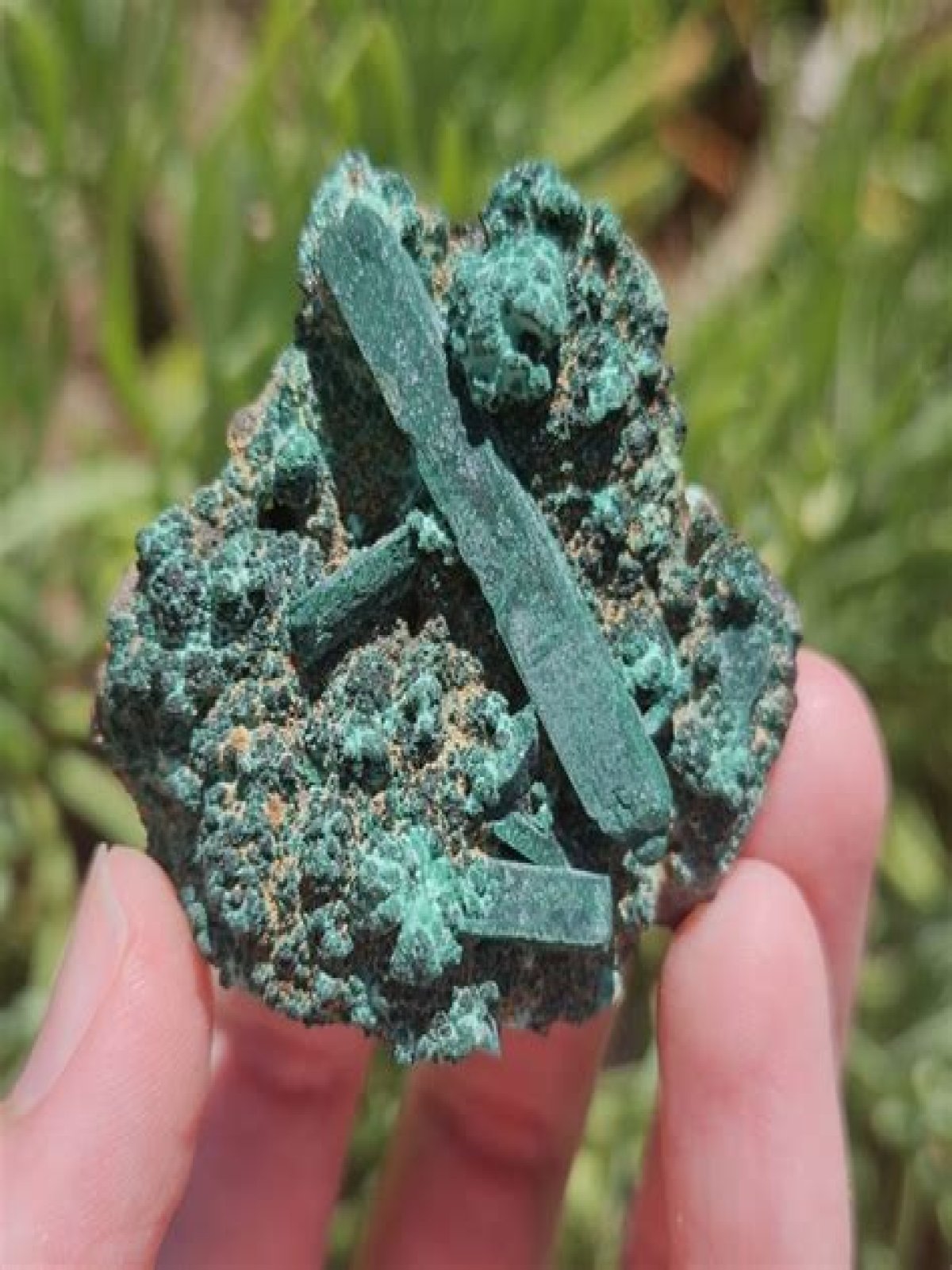Is malachite a Pseudomorph?
- Is malachite a Pseudomorph?
- What is the main difference between azurite and malachite?
- Why are malachite and azurite found together?
- Which of the following is a pseudomorph?
- How do I know if my azurite malachite is real?
- Is azurite malachite rare?
- Is Azurite Malachite rare?
- Which two minerals are commonly associated with azurite?
- Is this the world’s finest malachite pseudomorph specimen?
- Did malachite originally form as azurite?
- What does malachite look like?
Is malachite a Pseudomorph?
Malachite is also found as a pseudomorph, with one of the other minerals commonly being azurite.
What is the main difference between azurite and malachite?
Color is quite different and azurite is azure blue to very dark blue. Most malachite is a bright green and may also be deeper shades that approach black which will sometimes be seen in banded pieces and also on crystals when they are found.
Does azurite grow with malachite?
The combination of Azurite and Malachite creates a mineral which is known to exhibit the properties of each stone, and a few additional ones that come uniquely from this synthesis. Azurite is also known as a stone of heaven. It will give insight in all areas of your life, and it will stimulate your creativity.
Why are malachite and azurite found together?
Azurite is a soft, deep blue copper mineral produced by weathering of copper ore deposits. The blue of azurite is exceptionally deep and clear. Specimens tend to lighten in color over time due to weathering of the specimen surface into malachite; this is why they are found together.
Which of the following is a pseudomorph?
Pseudomorphs are also common in paleontology. Fossils are often formed by pseudomorphic replacement of the remains by mineral matter. Examples include petrified wood and pyritized gastropod shells. In biology, a pseudomorph is a cloud of mucus-rich ink released by many species of cephalopod.
What rock is malachite found in?
Malachite is more common than azurite and is typically associated with copper deposits around limestones, the source of the carbonate. Large quantities of malachite have been mined in the Urals, Russia.
How do I know if my azurite malachite is real?
Genuine malachite is not uniform in its patterns and colours; you’ll find circles, speckles and thin to thick parts in the patterns, and dark to light-green hues. Fake malachite comes in many forms. Plastic fake malachite is easy to spot as it’s lightweight and warm to the touch.
Is azurite malachite rare?
Azurite is a rare variety of gemstone-quality copper ore. Azurite is one of two basic copper carbonate minerals (malachite is the other). Azurite is rarer than malachite and is considered more valuable. Azurite gets its name from the Persian word ‘lazhward’, which refers to its distinctive, vivid blue color.
How do I know if my Azurite Malachite is real?
Is Azurite Malachite rare?
Which two minerals are commonly associated with azurite?
Azurite commonly occurs with malachite (azur-malachite is an intergrowth of the two minerals). Because of its similarity with malachite (formed in similar way), azurite has similar physical properties and uses.
What are pseudomorph fossils?
Is this the world’s finest malachite pseudomorph specimen?
In recent years, amazing malachite pseudomorph specimens after azurite—some of the world’s finest—have come from the Milpillas mine, in Sonora, Mexico. Actual mining of this deep deposit started in the 21st century, so its specimens are pretty new.
Did malachite originally form as azurite?
Countless graceful specimens of malachite, with crystals ranging from an inch to many inches long, didn’t originally form as malachite. They started out as some other species. Slender, green, velvety beauties started out as azurite, the copper carbonate sister of malachite.
What is Milpillas malachite?
Milpillas malachite occurred as velvety coatings, sometimes with brilliant azurite crystals. It was also found in marvelous pseudomorphs after azurite, in plates up to 10 inches across. These pseudomorphs often show a brilliant chatoyant luster.
What does malachite look like?
Malachite is also found as carpets of delicate, velvety needles on matrix that have a shimmering reflection. It forms stately stalactites in regal clusters. It can replace other minerals, adopting their crystal shape. Interestingly, malachite rarely develops discrete crystals of its own.
